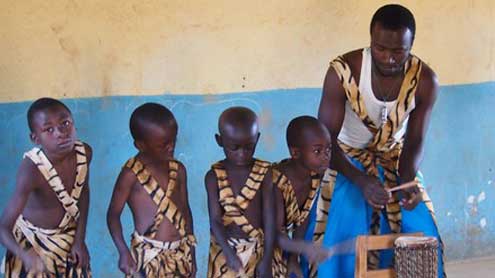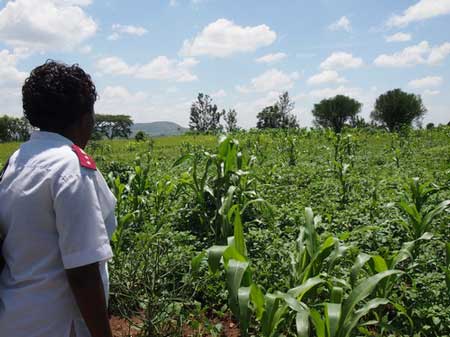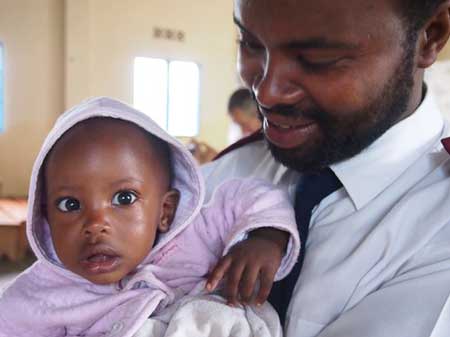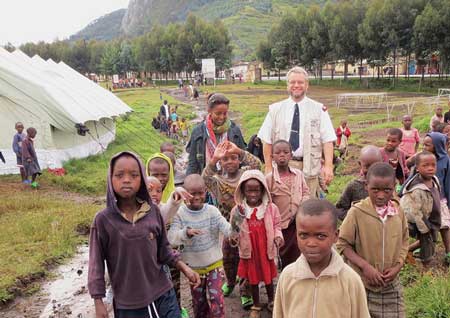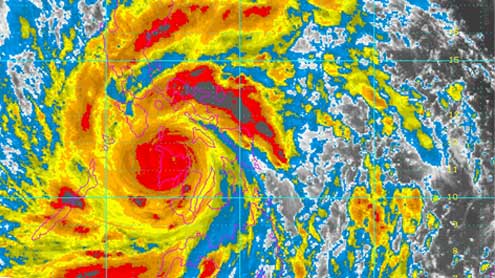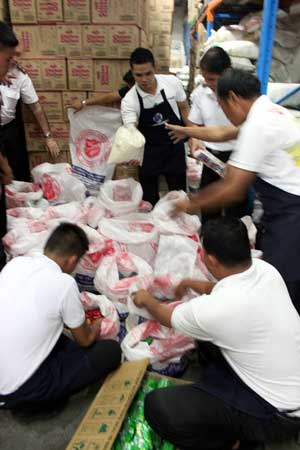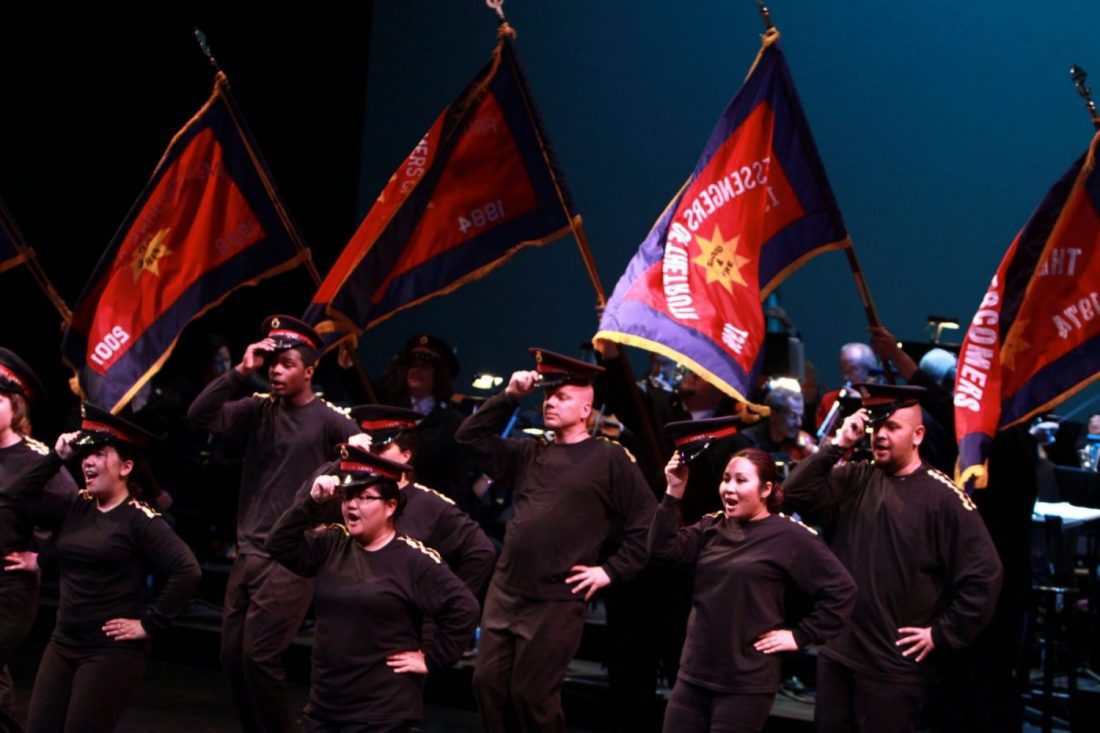Listen to this article
Listen to this article
Loading
Play
Pause
Options
0:00
-:--
1x
Playback Speed- 0.5
- 0.6
- 0.7
- 0.8
- 0.9
- 1
- 1.1
- 1.2
- 1.3
- 1.5
- 2
Audio Language
- English
- French
- German
- Italian
- Spanish
Open text
continued support for drc refugees in rwanda. amid ongoing conflict, the salvation army meets a specific need in transit camps. by christin davis. as the ongoing democratic republic of congo (drc) conflict recently saw progress in the end of the m23 rebellion, the salvation army in rwanda continues serving refugees fleeing the violence. despite a peace deal and the formation of a transitional government in 2003, people in the drc remain in fear of militias and the army. in what is called the worst emergency to unfold in africa in recent decades, an estimated 3 million people have died as a result of the war, according to bbc, leaving the country in humanitarian crisis. “the salvation army has been involved in several rapid response efforts since the situation escalated in the spring of 2012,” said major robert tuftström, project officer in the rwanda and burundi command. “the army has provided food supplements, medical care, medication, clothing, mattresses and blankets in cooperation with [other agencies].”. the united nations high commission for refugees (unhcr) estimates that more than 35,000 congolese refugees entered into rwanda since april 2012. it operates six refugee camps in rwanda—some that have existed for 17 years—and recently opened a seventh in mugombwa. in the camps, people receive health and nutrition attention—from polio vaccines, to de-worming treatments and anti-retroviral therapy, along with recreational activities for children and other hygiene considerations. “we operate from the idea to fill in the gaps where other nongovernmental organizations and the unhcr are not already involved,” tuftström said. “because of this we initially assisted with transport support for the most vulnerable to the new camp site, emergency medication and staff for the camp health center, and later gave support with a supplementary feeding program for newborn babies, pregnant women and vulnerable children, as well as with clothing, mattresses and blankets.”. the unhcr asked the salvation army to provide refugees arriving at the new mugombwa site with mattresses and kikoys, cloths used both as clothing and blankets. it is the fifth rapid response project of the salvation army, totaling roughly $110,000 in aid. it led to a request for a sixth project—to provide another 6,500 refugees with a mattress and blanket at a cost of roughly $140,000. salvation army response teams include up to eight personnel and 11 volunteers, who have to date distributed over 4,300 mattresses and 4,000 kikoys. tuftström said while working in the camps the team has encountered salvationists among the drc refugees. the army is also part of a high-level council created by the ministry of disaster management and refugees affairs (midmar) and unhcr to coordinate efforts in the camps and respond to new situations. “being part of the network and coordination platform set up by the rwandan government and unhcr is a real achievement considering how small the salvation army is in rwanda,” said damaris frick, ies emergency field operations officer. the command includes 19 officers, 19 employees, 30 centers and other facilities, and roughly 4,300 salvationists. the salvation army began work in rwanda in 1994, following the 100 days genocide that resulted in more than 1 million deaths. “the whole infrastructure of the country collapsed and during the ensuing humanitarian crisis many nongovernmental and emergency organizations responded together with the un agencies,” tuftström said. “for many organizations the experience from rwanda became a turning point in how we respond to emergencies and disasters and it started a international reform that lead to how we work and cooperate today to have a larger impact than before. you could say that this is also the birthplace of the modern salvation army emergency work.”. the government recognized the army as a registered national church/organization in 1996. the rwanda command expanded to include burundi in 2007. today the army provides services in the four official languages of the two countries: kinyarwanda, kirundi, english and french. in addition to its corps services, the army is running preschools, water sanitation and health projects, micro finance projects, and vocational training. from the start of the salvation army’s international emergency services (ies) it has supported displaced people, both refugees and internally displaced people, after conflict and natural disaster situations—from kosovo, to pakistan to haiti. its work is based on the principles of the humanitarian charter: the right to life with dignity, the right to humanitarian assistance, and the right to protection and security. ies is able to respond quickly as the salvation army often already has a presence in countries where response is needed. “while other humanitarian organizations often specialize in specific sectors—food, wash, shelter—ies, in fulfilling its purpose of providing assistance and support to territories, and at times countries where there is no salvation army, is more generalist in outlook during disaster,” frick said. “ies continues to focus attention on the assessment of need, using and building local salvation army capacities and filling gaps, thereby often responding to needs not covered by other groups.”.
Open context player
Close context player
Plays:-Audio plays count
continued support for drc refugees in rwanda. amid ongoing conflict, the salvation army meets a specific need in transit camps. by christin davis. as the ongoing democratic republic of congo (drc) conflict recently saw progress in the end of the m23 rebellion, the salvation army in rwanda continues serving refugees fleeing the violence. despite a peace deal and the formation of a transitional government in 2003, people in the drc remain in fear of militias and the army. in what is called the worst emergency to unfold in africa in recent decades, an estimated 3 million people have died as a result of the war, according to bbc, leaving the country in humanitarian crisis. “the salvation army has been involved in several rapid response efforts since the situation escalated in the spring of 2012,” said major robert tuftström, project officer in the rwanda and burundi command. “the army has provided food supplements, medical care, medication, clothing, mattresses and blankets in cooperation with [other agencies].”. the united nations high commission for refugees (unhcr) estimates that more than 35,000 congolese refugees entered into rwanda since april 2012. it operates six refugee camps in rwanda—some that have existed for 17 years—and recently opened a seventh in mugombwa. in the camps, people receive health and nutrition attention—from polio vaccines, to de-worming treatments and anti-retroviral therapy, along with recreational activities for children and other hygiene considerations. “we operate from the idea to fill in the gaps where other nongovernmental organizations and the unhcr are not already involved,” tuftström said. “because of this we initially assisted with transport support for the most vulnerable to the new camp site, emergency medication and staff for the camp health center, and later gave support with a supplementary feeding program for newborn babies, pregnant women and vulnerable children, as well as with clothing, mattresses and blankets.”. the unhcr asked the salvation army to provide refugees arriving at the new mugombwa site with mattresses and kikoys, cloths used both as clothing and blankets. it is the fifth rapid response project of the salvation army, totaling roughly $110,000 in aid. it led to a request for a sixth project—to provide another 6,500 refugees with a mattress and blanket at a cost of roughly $140,000. salvation army response teams include up to eight personnel and 11 volunteers, who have to date distributed over 4,300 mattresses and 4,000 kikoys. tuftström said while working in the camps the team has encountered salvationists among the drc refugees. the army is also part of a high-level council created by the ministry of disaster management and refugees affairs (midmar) and unhcr to coordinate efforts in the camps and respond to new situations. “being part of the network and coordination platform set up by the rwandan government and unhcr is a real achievement considering how small the salvation army is in rwanda,” said damaris frick, ies emergency field operations officer. the command includes 19 officers, 19 employees, 30 centers and other facilities, and roughly 4,300 salvationists. the salvation army began work in rwanda in 1994, following the 100 days genocide that resulted in more than 1 million deaths. “the whole infrastructure of the country collapsed and during the ensuing humanitarian crisis many nongovernmental and emergency organizations responded together with the un agencies,” tuftström said. “for many organizations the experience from rwanda became a turning point in how we respond to emergencies and disasters and it started a international reform that lead to how we work and cooperate today to have a larger impact than before. you could say that this is also the birthplace of the modern salvation army emergency work.”. the government recognized the army as a registered national church/organization in 1996. the rwanda command expanded to include burundi in 2007. today the army provides services in the four official languages of the two countries: kinyarwanda, kirundi, english and french. in addition to its corps services, the army is running preschools, water sanitation and health projects, micro finance projects, and vocational training. from the start of the salvation army’s international emergency services (ies) it has supported displaced people, both refugees and internally displaced people, after conflict and natural disaster situations—from kosovo, to pakistan to haiti. its work is based on the principles of the humanitarian charter: the right to life with dignity, the right to humanitarian assistance, and the right to protection and security. ies is able to respond quickly as the salvation army often already has a presence in countries where response is needed. “while other humanitarian organizations often specialize in specific sectors—food, wash, shelter—ies, in fulfilling its purpose of providing assistance and support to territories, and at times countries where there is no salvation army, is more generalist in outlook during disaster,” frick said. “ies continues to focus attention on the assessment of need, using and building local salvation army capacities and filling gaps, thereby often responding to needs not covered by other groups.”.
Listen to this article











